14 Easy Ways To Improve Your Skin Texture Naturally
Simple lifestyle changes, professional treatments, and more ways to get smoother skin.
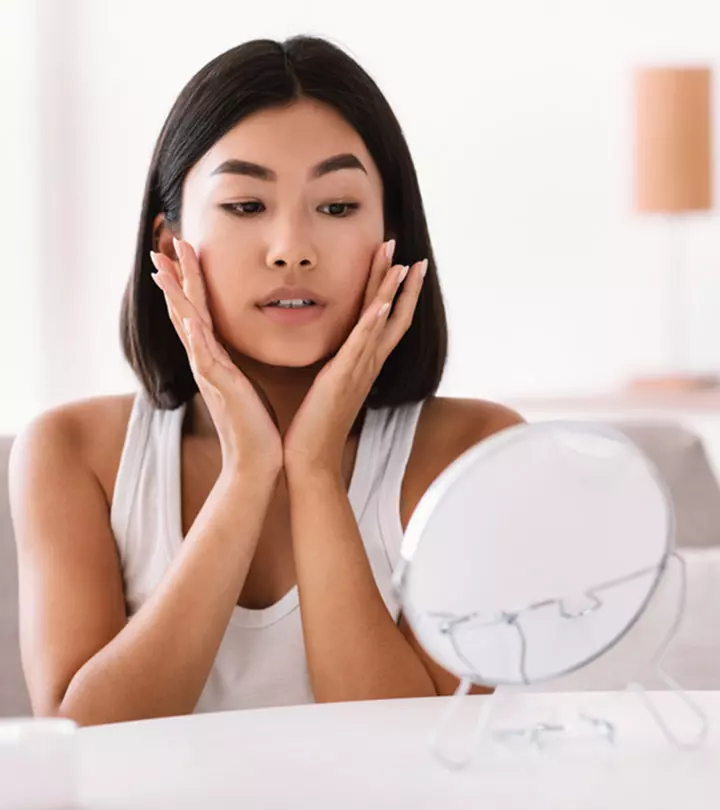
Image: Shutterstock
Does your skin feel rough, patchy, and scaly? If yes, your skin has an uneven texture and needs attention. Don’t worry. You can easily improve skin texture. From excessive sun damage and age to lack of skin care, anything can affect the skin texture. However, a little effort, care, and attention can easily improve your skin quality. Read on to know how you can do that.
In This Article
What Is Skin Texture?
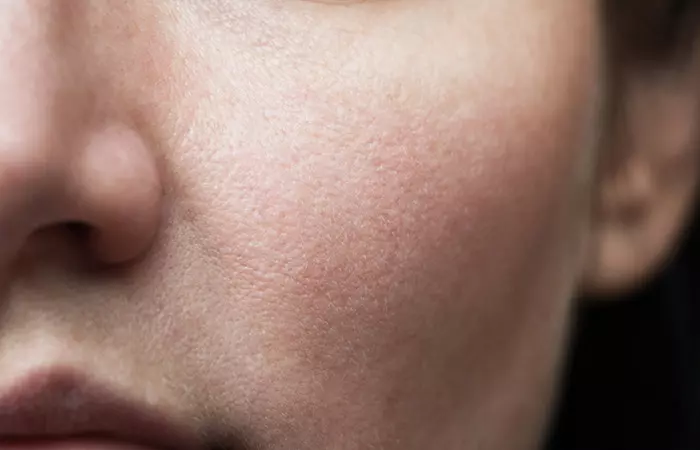
Skin texture refers to the appearance of your skin surface – how your skin feels when you touch it. The ideal skin texture should be smooth, supple, and soft. But many people have skin with dry patches, uneven areas, blemishes, dead cell buildup, and other issues. Due to the presence of such textural issues, your skin may appear to be rough, bumpy, dry, dull, and aged. That is why you need to take measures to improve the skin texture (1).
Skin texture should not be confused with skin tone – both are different. Skin tone is the skin surface color, and texture is the condition of the surface. Several factors may affect the skin texture and change it. Let’s explore the causes of uneven skin texture.
Key Takeaways
- Age, genetics, dead skin cells, UV damage, smoking, dehydration, oily skin, stress, pollution, and improper skincare routine are the factors that affect skin texture.
- Stay hydrated, exfoliate properly, moisturize regularly, use vitamin C, pay attention to your diet, wear sunscreen and avoid smoking to enhance your skin texture.
- Some professional treatments to enhance skin texture include chemical peels, dermal fillers, pulsed light rejuvenation, microdermabrasion, and microneedling.
What Causes Changes In Skin Texture?
The skin texture is affected by multiple factors (1):
1. Age
Aging is a big factor that can influence your skin texture. With age, the skin becomes thinner and lax and is prone to damages caused by external factors like sunlight and the environment (1). Moreover, the sebaceous glands produce less oil, causing dryness, wrinkles, and fine lines. All these factors change the skin texture.
2. Genetics

Your genes influence your skin texture majorly. They decide how your skin will react to certain conditions and factors. For instance, your genes determine how your skin will react to the free radicals in the body.
In other words, it is the genetic makeup of your skin that regulates how your skin will age, whether your skin will have acne and wrinkles or not, to what extent your skin will sag, etc.
3. Dead Skin Cells
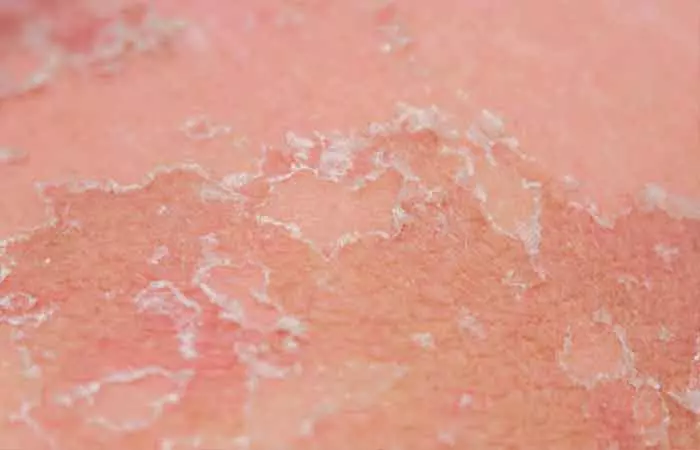
The skin renews itself every 27 days. However, with age, this ability of your skin decreases. This happens due to a decline in collagen production. The dead skin cells begin to accumulate on the skin, and if not exfoliated, they can leave you with a bumpy and rough skin texture.
 Did You Know?
Did You Know?4. UV Damage
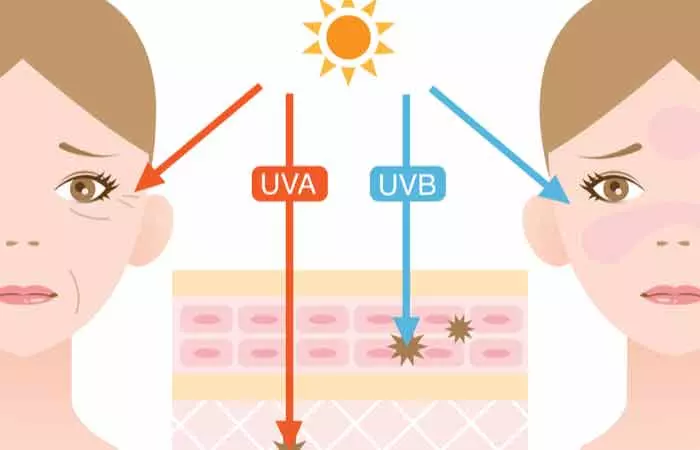
Sunlight affects your skin and its texture. Exposure to UV rays can speed up photoaging and cause wrinkles, pigmentation, and sunburn. In severe cases of sunburn, the skin may end up with small bumps or vesicles containing fluid or even large blisters. Long-term sun exposure also causes actinic keratosis. It is a condition in which the skin develops tiny bumps or scaly patches with peeling skin.
A study revealed that around 18% of older adults and 15% of sun-sensitive older adults didn’t use sun protection regularly. Further the study found that the most popular sun protection method used by older men, 44%, was wearing clothing up to the ankles. In contrast, 47% of women reported staying in the shade.
5. Smoking
Smoking tobacco can deteriorate your skin and its texture. It causes premature skin aging, reduces collagen production, and degenerates the elastic fibers and dermal connective tissue metabolism. This can hamper the skin renewal process and severely affect your skin health, affecting its overall texture (2).
6. Dehydration

Staying hydrated is essential for not just your body but your skin as well. When you do not drink enough water, your body becomes dehydrated. Due to dehydration, the body fails to eliminate toxins through the skin. This makes the skin susceptible to various skin issues, such as dryness, discoloration, and premature wrinkling. While these skin issues are troublesome on their own, they can also affect skin texture.
7. Oily Skin
When it comes to changes in skin texture, your oily skin may have a role to play. Oily skin is prone to clogged pores, acne, whiteheads, blackheads, and unwanted breakouts. These factors may affect the skin texture and make it appear bumpy and uneven.
8. Stress
The skin is often the target of stress responses and a stress perceiver. In other words, when you are under psychological stress, the sensory fibers in the skin convey the changes to the brain, which responds to the signals, influencing the skin’s stress response. Stress can trigger inflammatory responses and aggravate existing skin issues like acne, dermatitis, and psoriasis, and eczema causing a change in the skin texture (3).
9. Pollution
Pollution can accelerate the skin aging process, leading to dull and rough facial skin texture. Exposure to physical and chemical air pollutants repeatedly causes premature aging and inflammatory skin conditions, including acne, eczema, psoriasis, and atopic dermatitis (4).
10. Improper Skin Care Routine
Your skin texture may suffer if you do not take proper care of your skin. If you do not follow a proper cleansing-moisturizing routine, your skin can become rough and dry, and the pores may get clogged. Eventually, your skin may also lose its glow and turn itchy.
On the flip side, if you cleanse the skin too much, it may cause dryness and make the skin flaky, itchy, and rough, giving it an uneven texture.
11. Dietary Factors
Diet has always played a significant role in achieving healthy, gorgeous-looking skin. So you need to focus on what you eat to improve your skin’s texture, health, and appearance. Nutrient-rich foods with vitamins A, C, and E, antioxidants, and even healthy fats promote smoothness, while excessive sugar and processed foods can lead to rough, uneven, and oily skin.
Overall, your skin texture stands to be seriously affected if you do not spare the time and effort for nourishing your skin and keeping it hydrated. Keep reading to learn how to improve your skin texture and maintain flawless skin.
How To Improve Skin Texture For Flawless Skin
1. Home-Based Solutions To Fix Skin Texture
Here are a few natural remedies for reclaiming smooth facial skin texture.
- Stay Hydrated
An easy and effective way to improve your facial skin texture is to drink plenty of water every day. Keeping yourself hydrated is important for your body and skin. It minimizes the risk of dehydration, maintains the skin barrier, and reduces dryness and transepidermal water loss (TEWL) (5).
- Exfoliate Properly
Proper exfoliation is crucial for removing dead skin cells to maintain smoothness and improve skin cell turnover. However, ensure not to exfoliate more than once a week. Over exfoliation can negatively impact the skin texture and make it rough.
- Moisturize Regularly
While hydration from within is important, daily moisturization is also crucial for maintaining skin smoothness. Moisturizers contain ingredients like hyaluronic acid, plant oils, ceramides, and niacinamide that provide added nourishment to the skin layers to keep them healthy.
You may also try facial oils for moisturizing. Plant-based face oils, such as olive, argan, and jojoba oils, and shea butter increase the antioxidant activities in the skin cells, reduce inflammation, boost wound healing, and improve the skin barrier (6).
- Use Vitamin C
Topical vitamin C is a natural antioxidant that helps in collagen synthesis and is useful for improving skin texture. It works as an anti-aging agent that prevents signs of photoaging that include wrinkles, fine lines, spots, dark patches, and hyperpigmentation. Vitamin C protects the skin from the damaging effects of the reactive oxygen species (ROS)i Highly reactive substances that contain oxygen and can harm DNA, RNA, proteins, and possibly lead to cell death. . It also promotes wound healing and post-inflammatory hyperpigmentation. Vitamin C improves skin texture and tone effectively (7), (8). Look for beauty products that contain only vitamin C and are free of harsh chemicals.
- Pay Attention To Your Diet
What you eat can have a significant impact on your skin texture. If you indulge in foods and beverages with high glycemic index (like junk food, white bread, cookies, sugary drinks, pastries, mangoes, and donuts), you risk having acne breakouts (9).
Consume suitable foods for healthy skin, such as fresh fruits, vegetables, steel-cut oats, beans, and whole grains, to keep your body and skin healthy, reduce the severity of acne, and improve your skin texture. But keep in mind that not all low-glycemic foods may help deal with acne. For instance, cow milk is a low-glycemic food, but it can increase your acne problem.
- Wear Sunscreen
Sunscreens or sun protection creams can not only protect your skin from sun damage but also help improve your skin texture. They prevent photodamage and limit your chances of developing pigmentation, maintaining the skin’s smoothness and clarity.
- Avoid Smoking
Giving up smoking can help minimize skin degeneration, slow down the signs of aging, and help maintain the skin’s smoothness. Apart from these solutions, you can also opt for professional treatments to improve your skin texture.
- Use Lactic Acid
Lactic acid is a natural acid found in milk and some fruits. You can use it for skin care as an exfoliator to remove dead skin cells and make your skin softer and smoother 10). Lactic acid is mild, so it is suitable for most skin types, even sensitive skin, and can help with uneven tone, acne scars, and fine lines. It also increases your skin’s moisture retention. However, make sure to wear sunscreen after applying lactic acid as it increases the skin’s sensitivity to the sun. This is a simple and effective way to give your skin a healthy and radiant glow.
- Add Retinol To Your Routine
Using a retinol serum or cream consistently leaves you with smooth skin. Retinol is known for improving skin texture by boosting collagen production and increasing cell turnover. This reduces fine lines, smooths rough patches, and minimizes pores, leaving skin with a more even, youthful appearance.
 Quick Tip
Quick Tip2. Professional Treatments To Improve Skin Texture
- Chemical Peels
Chemical peels
are used to peel away the dead skin cells. This is a non-invasive cosmetic procedure that can significantly improve skin texture and tone and minimize the appearance of wrinkles and fine lines. For the treatments, facial acids like glycolic, lactic, mandelic, and salicylic acids are used at different concentrations (11).
You may also buy AHA and BHA chemical exfoliators for at-home peeling. However, these acids should be used carefully. Otherwise, they may cause post-inflammatory hyperpigmentation, erythemai A kind of skin reaction caused by inflamed or damaged blood vessels that occurs in response to a medicine, illness, or infection. , and burning.
Salsa Wigati, an entrepreneur and a humanitarian worker, described how she improved her skin texture with AHA/BHA treatment. She said, “In short, AHA and BHA is a skin changer in my skincare routine. It improves my skin texture, reduce my pigmentation, took care of my pore problem, and most importantly it doesn’t irritate my skin (i)!”
- Dermal Fillers
Sagging skin and wrinkles caused by collagen depletion can make your skin lose volume. Dermal fillers are implants that help give a fuller and smoother appearance to the skin. They may help minimize fine lines and wrinkles and smoothen creases on the face. However, these fillers get naturally absorbed over time, and you may need to go for frequent sessions (12).
- Laser Treatments
Laser treatments use focused light to smoothen the skin texture, rejuvenating the skin, and improving acne, firmness, and skin elasticity. This is performed by an expert, and you should always consult a dermatologist before opting for laser treatments (13).
- Pulsed Light Rejuvenation
Pulsed Light Rejuvenation or Intense Pulsed Light (IPL) is a treatment process that works like a laser to eliminate dead skin cells, minimize pore size, and improve skin texture. It is a safe and effective treatment. Consult a dermatologist before opting for this procedure (14).
- Microdermabrasion
Microdermabrasion
(MDA) is effective for improving uneven skin tone and texture. This minimally invasive procedure can minimize the damages done by photoaging, acne scars, and melasmai A pigmentation disorder that results in discolored spots and patches on the skin, typically on parts that are exposed to sunlight. by resurfacing the epidermal layer (15).
- Microneedling
Microneedling is a minimally invasive treatment procedure for skin rejuvenation. It involves controlled superficial puncturing of the skin with the help of fine miniature needles. It stimulates the body to create new collagen and elastin that are necessary to maintain a youthful appearance and healthy skin (16). This is often used to heal and minimize acne scars to give you smoother skin.
Infographic: How To Exfoliate Your Skin To Improve Its Texture
Everyone dreams of having soft, supple, and healthy skin. But environmental factors, pollution, and genetics could leave your skin feeling bumpy and uneven. Fortunately, you can improve your skin’s texture with proper care and exfoliation. In the infographic below, we have discussed the procedure to exfoliate your skin the right way. Check it out!

Illustration: StyleCraze Design Team
Skin texture is the way your skin feels when you touch it. Factors such as age, genetics, dehydration, and stress may play a role in changing skin texture. To make sure you have a smooth and soft skin texture, you can opt for medical procedures and dermatology treatments, such as micro-needling, microdermabrasion, or chemical peels to remove excess dead skin and improve your skin texture. Following a proper skincare routine, drinking plenty of water, eating a balanced and healthy diet, and engaging in exercise and stress management activities are great home remedies for beautiful skin. They go a long way in improving your overall skin texture and health.
Frequently Asked Questions
How long does it take for skin texture to improve?
Any new skin care routine will take anywhere between 8 to 12 weeks to show any noticeable improvement. The key to planning an effective skin care routine is to research your own skin condition and the solutions you would need alongside practicing consistency and patience.
Can my skin’s texture change as I get older?
Yes. Your skin texture is always changing. And as you get older, the changes become more visible as your body gets weaker, experiences a constant shortage of necessary nutrients, and has a hard time shedding dead skin cells.
How long does it take to see results from skin texture improvement efforts?
In general, skin texture improvement efforts show results within a few weeks to a couple of months depending on the treatment or remedy used. Each skin type reacts to treatments differently. Also, it varies from person to person based on their hygienic and lifestyle habits.
What are some key vitamins and nutrients for improving skin texture?
Some key vitamins and minerals for improving skin texture include vitamins C and E. Vitamin C promotes collagen production and vitamin E provides antioxidant protection.
Illustration: Easy Ways To Improve Your Skin Texture Naturally
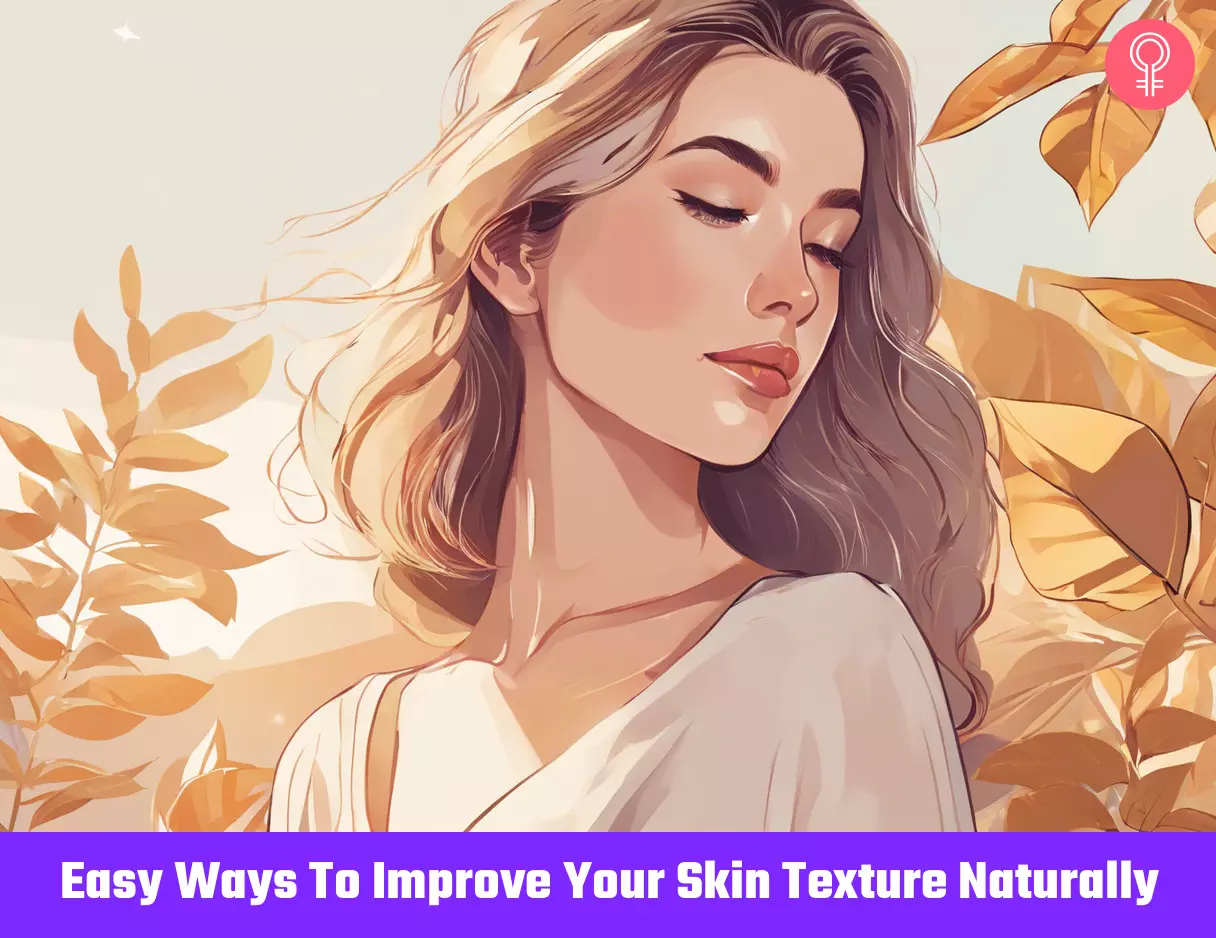
Image: Stable Diffusion/StyleCraze Design Team
Discover amazing ways to improve your skin texture in the below video. Learn the best tips and tricks for glowing skin and get the perfect complexion you’ve always wanted.
Personal Experience: Source
StyleCraze's articles are interwoven with authentic personal narratives that provide depth and resonance to our content. Below are the sources of the personal accounts referenced in this article.
(i) How Chemical Exfoliator (AHA/BHA) Change My Skinhttps://thebareskinhacks.wordpress.com/2017/11/13/how-chemical-exfoliator-aha-bha-change-my-skin/
References
Articles on StyleCraze are backed by verified information from peer-reviewed and academic research papers, reputed organizations, research institutions, and medical associations to ensure accuracy and relevance. Read our editorial policy to learn more.
- Human Skin Texture Analysis using Image Processing Techniques
https://www.ijsr.net/archive/v2i5/IJSROFF2013212.pdf - Tobacco smoke causes premature skin aging
https://pubmed.ncbi.nlm.nih.gov/17951030/ - Brain-Skin Connection: Stress Inflammation and Skin Aging
https://www.ncbi.nlm.nih.gov/pmc/articles/PMC4082169/ - Air Pollution and the skin
https://www.researchgate.net/publication/266850972_Air_Pollution_and_the_skin - Dietary water affects human skin hydration and biomechanics
https://www.ncbi.nlm.nih.gov/pmc/articles/PMC4529263/ - Anti-Inflammatory and Skin Barrier Repair Effects of Topical Application of Some Plant Oils
https://www.ncbi.nlm.nih.gov/pmc/articles/PMC5796020/ - Vitamin C in dermatology
https://www.ncbi.nlm.nih.gov/pmc/articles/PMC3673383/ - Vitamin C and Skin Health
https://lpi.oregonstate.edu/mic/health-disease/skin-health/vitamin-C - Diet and Dermatology
https://www.ncbi.nlm.nih.gov/pmc/articles/PMC4106357/ - Lactic Acid Bacteria and Lactic Acid for Skin Health and Melanogenesis Inhibition
https://pubmed.ncbi.nlm.nih.gov/31916515/# - A Practical Approach to Chemical Peels
https://www.ncbi.nlm.nih.gov/pmc/articles/PMC6122508/ - Dermal Fillers (Soft Tissue Fillers)
https://www.fda.gov/medical-devices/aesthetic-cosmetic-devices/dermal-fillers-soft-tissue-fillers - Low-level laser (light) therapy (LLLT) in skin: stimulating healing restoring
https://www.ncbi.nlm.nih.gov/pmc/articles/PMC4126803/ - Current Trends in Intense Pulsed Light
https://www.ncbi.nlm.nih.gov/pmc/articles/PMC3390232/ - Microdermabrasion
https://www.ncbi.nlm.nih.gov/books/NBK535383/ - Microneedling: Advances and widening horizons
https://www.ncbi.nlm.nih.gov/pmc/articles/PMC4976400/
Read full bio of Dr. Sravya Tipirneni
Read full bio of Ramona Sinha
Read full bio of Eshna Das
Read full bio of Shiboli Chakraborti






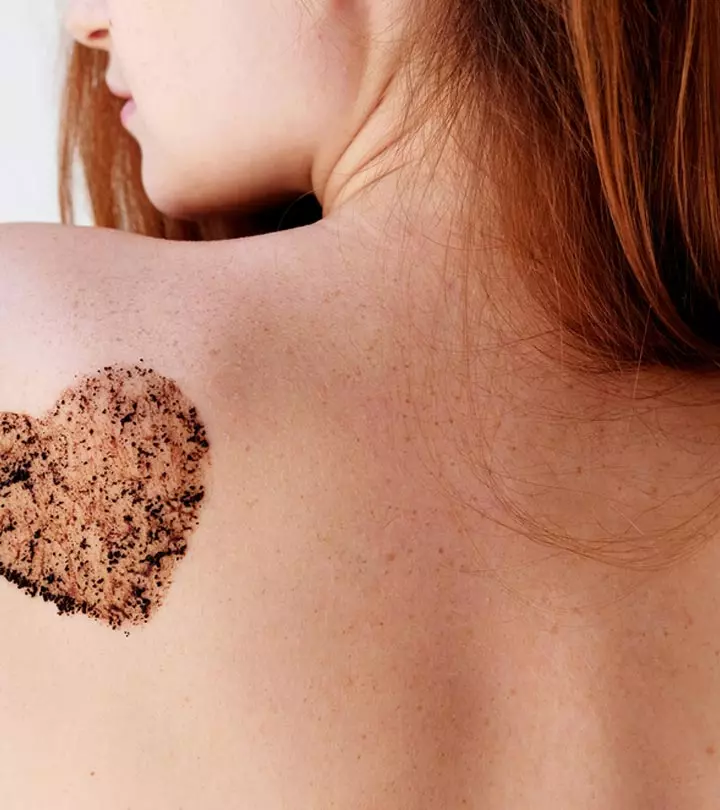



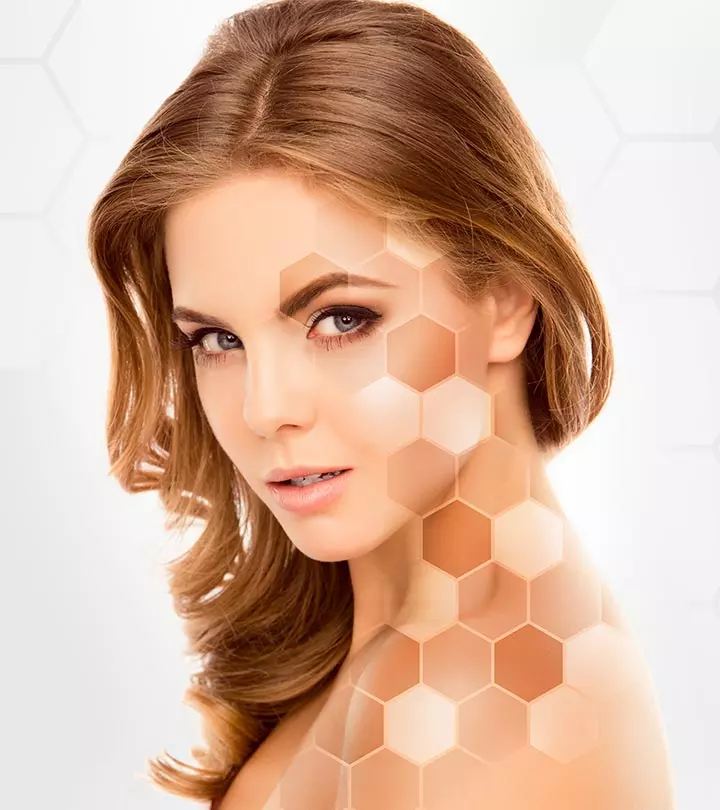


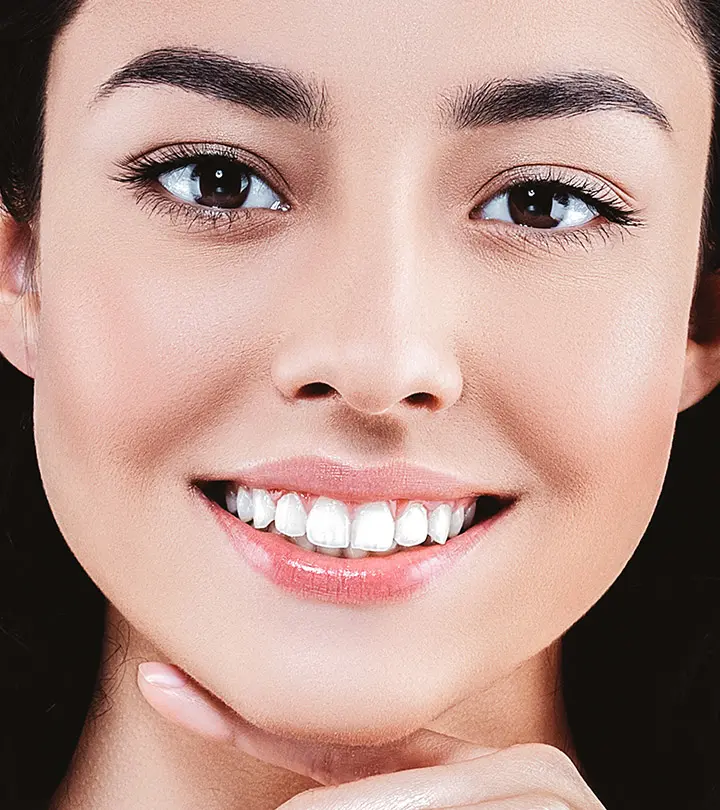
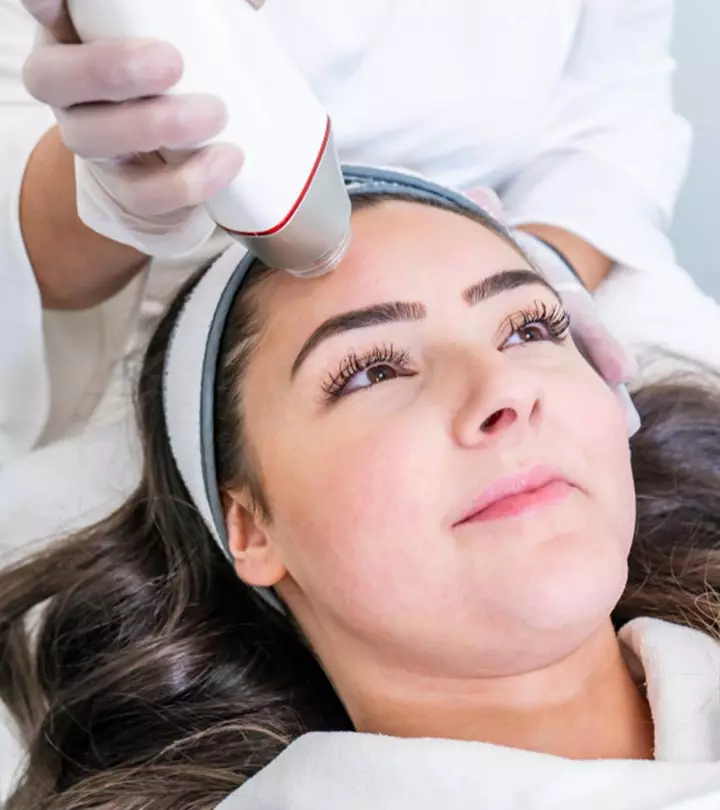




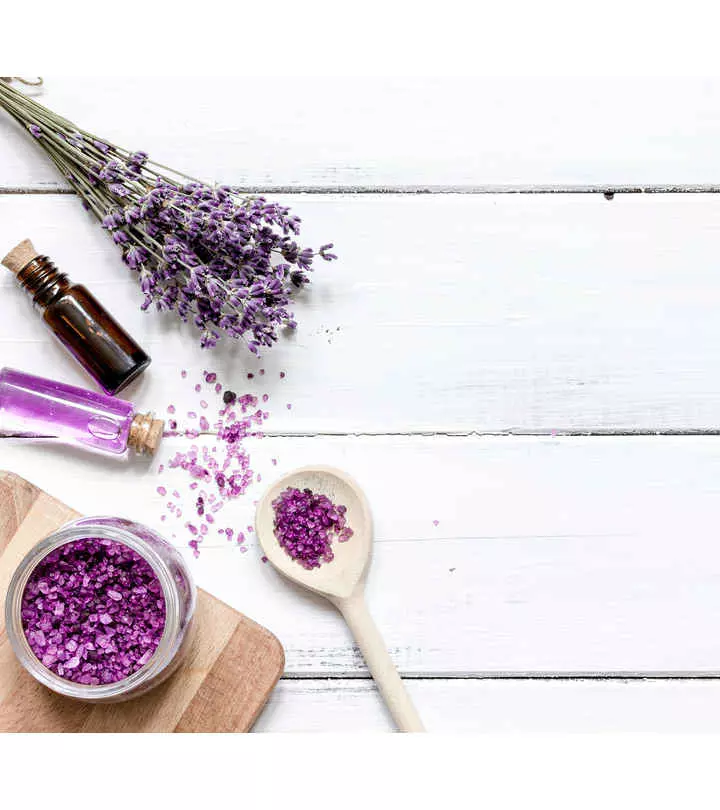
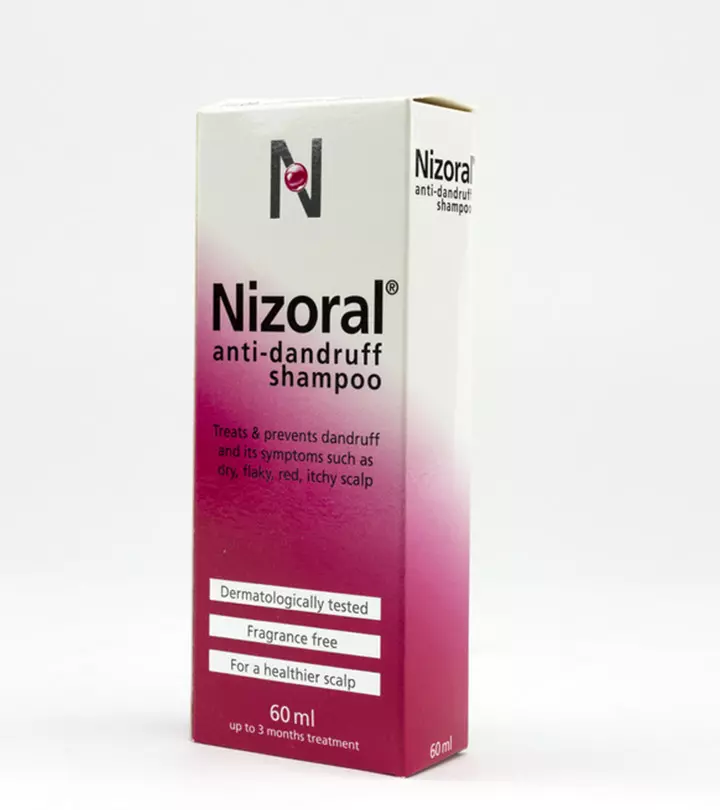



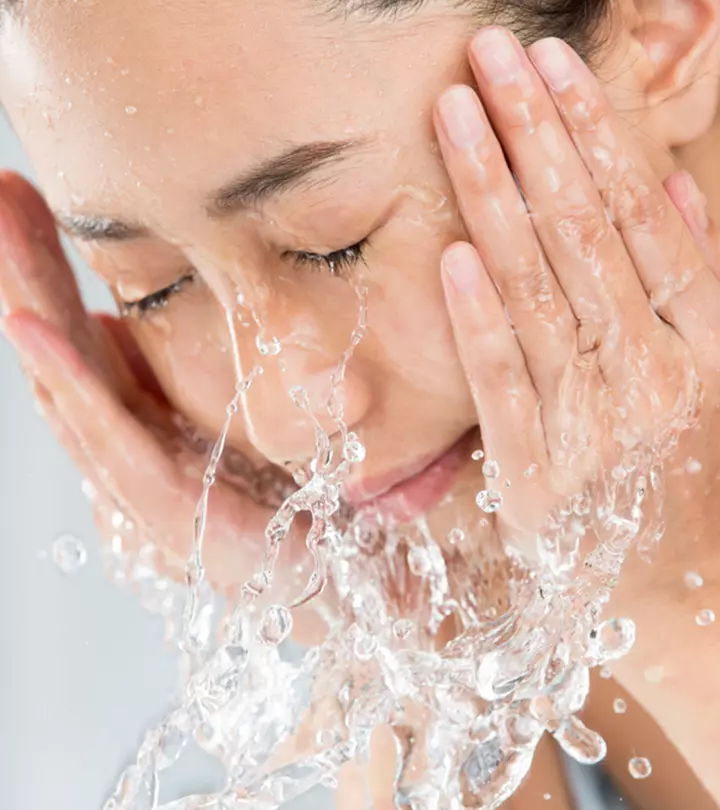
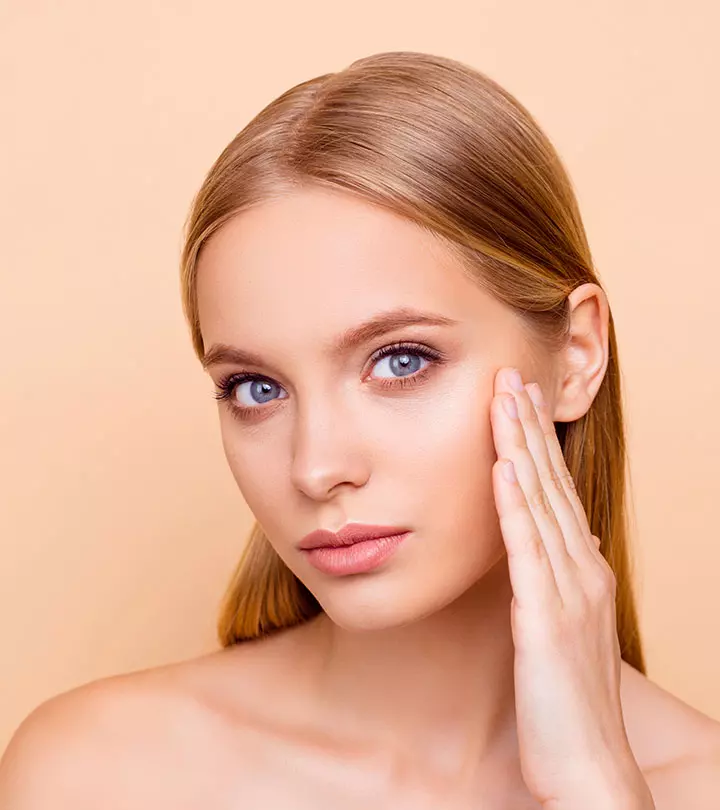
Community Experiences
Join the conversation and become a part of our empowering community! Share your stories, experiences, and insights to connect with other beauty, lifestyle, and health enthusiasts.